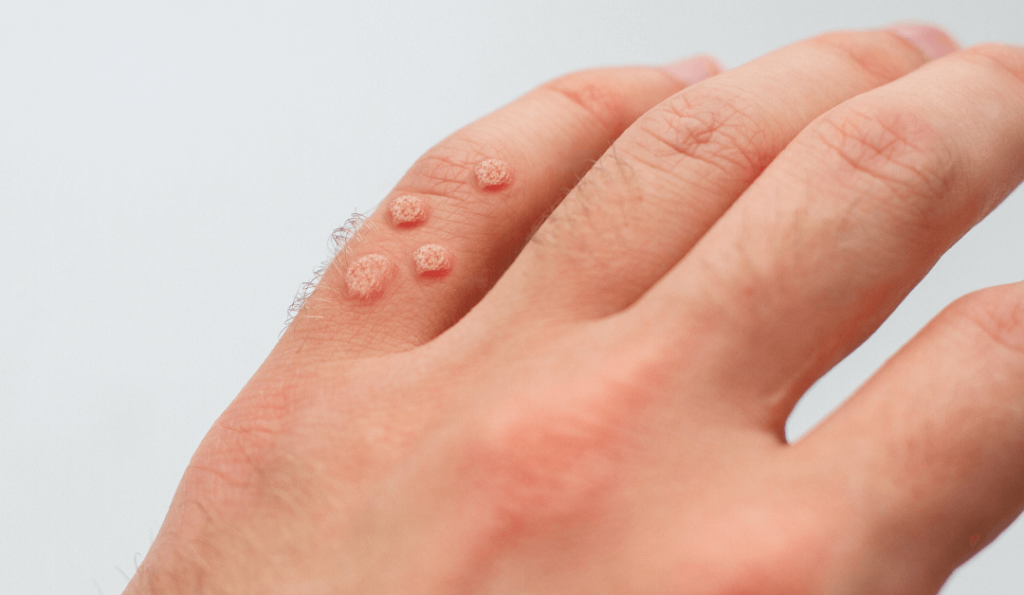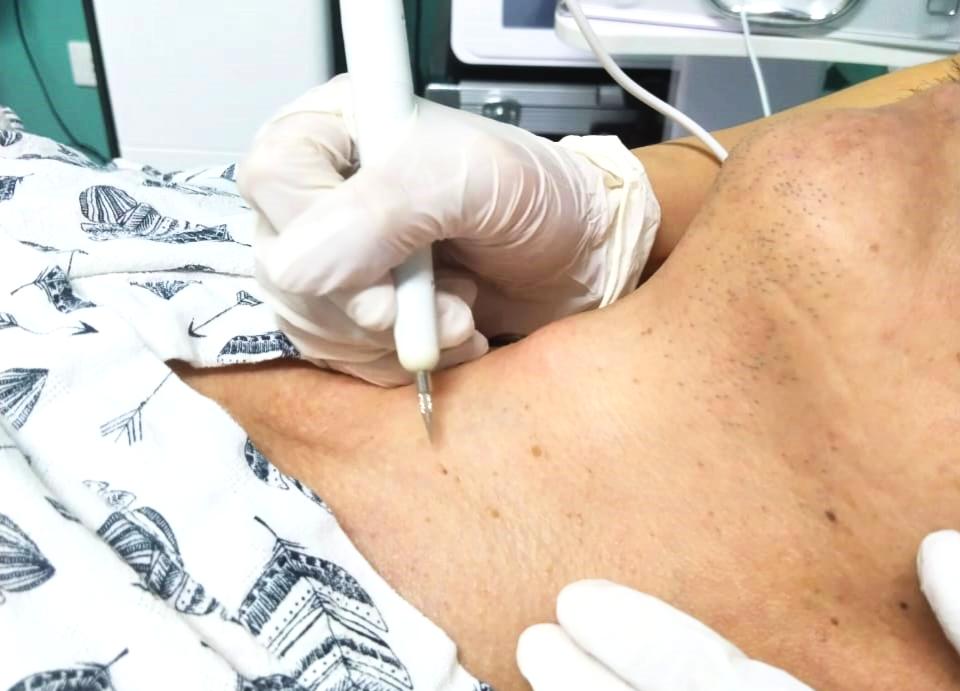Warts are a common skin condition that affects millions of people worldwide. They may be small and harmless, but they can also be unsightly, uncomfortable, and, in some cases, painful. Whether you’ve just noticed a wart on your skin or have been struggling with stubborn warts for a while, understanding what causes them and how to remove them effectively is essential. In this comprehensive guide, we will explore different types of warts, their causes, treatment options, and expert recommendations from Hummingbirds For Homme.
What Are Warts?
Warts are benign skin growths caused by the human papillomavirus (HPV). The virus enters the skin through tiny cuts or abrasions and triggers rapid cell growth on the outer layer of the skin, forming a wart. Warts can appear anywhere on the body and vary in size, shape, and texture depending on the type.
Different Types of Warts
Understanding the different types of warts can help determine the best treatment approach. Here are the most common types:
1. Common Warts (Verruca Vulgaris)
Common warts are rough, grainy bumps that typically appear on the fingers, hands, and around the nails. They have a cauliflower-like texture and can range from small to large in size. These warts spread through direct contact and are most common among children and teenagers.
2. Plantar Warts
Plantar warts develop on the soles of the feet and often grow inward due to pressure from walking or standing. They may cause discomfort or pain, especially when pressure is applied. These warts sometimes have black dots in the center, which are clotted blood vessels.
3. Flat Warts (Verruca Plana)
Flat warts are smaller, smoother, and flatter than other warts. They commonly appear on the face, neck, arms, and legs. Flat warts tend to develop in clusters and can spread easily through shaving or skin irritation.
4. Filiform Warts
Filiform warts are long, thread-like growths that often appear around the mouth, nose, or eyes. These warts grow quickly and can be particularly noticeable due to their shape and location.
5. Periungual Warts
Periungual warts develop around the nails, affecting both fingernails and toenails. They can cause pain, nail deformity, and difficulty with nail growth if left untreated.
6. Genital Warts
Genital warts are a sexually transmitted form of warts caused by certain strains of HPV. They appear as small, flesh-colored or pink growths in the genital area and require medical treatment for removal.

Wart Removal 101: Treatment Options
Now that you understand the different types of warts, let’s explore effective treatment options. Here are some of the most common methods for wart removal:
1. Over-the-Counter (OTC) Treatments
Many OTC treatments contain salicylic acid, which helps dissolve wart tissue over time. These treatments come in liquid, gel, or patch form and are typically applied directly to the wart daily.
2. Cryotherapy (Freezing)
Cryotherapy is a popular in-office treatment where liquid nitrogen is used to freeze the wart. This causes the wart tissue to die and eventually fall off. Multiple sessions may be needed for complete removal.
3. Laser Therapy
For stubborn warts that do not respond to other treatments, laser therapy may be an option. This treatment uses intense light to destroy wart tissue and stimulate the body’s immune response.
4. Surgical Removal
In cases where warts are painful or persistent, a doctor may perform minor surgery to cut or burn off the wart using electrosurgery or curettage.
5. Prescription Medications
Doctors may prescribe topical creams or oral medications that help boost the immune system or directly target wart-causing HPV strains.
6. Home Remedies
Some people find success with natural remedies such as apple cider vinegar, duct tape occlusion, and tea tree oil. While these methods may work for some, they are not scientifically proven to be as effective as medical treatments.
Preventing Warts
Preventing warts is just as important as treating them. Here are some tips to minimize the risk of developing warts:
- Avoid direct contact with warts on yourself or others.
- Keep your skin clean and dry.
- Do not share personal items like towels, razors, or nail clippers.
- Wear flip-flops in public showers and locker rooms.
- Boost your immune system with a healthy diet and regular exercise.
When to Seek Professional Wart Removal Services
If you have a persistent, painful, or rapidly spreading wart, it may be time to seek professional treatment. Hummingbirds For Homme specializes in safe and effective wart removal solutions tailored to your specific needs. Our experts use the latest technology and medical-grade treatments to help you achieve clear, healthy skin.
Take Action Today!
Don’t let warts affect your confidence or comfort. If you’re struggling with stubborn warts, contact Hummingbirds For Homme for expert wart removal services. Schedule a consultation today and take the first step towards smooth, blemish-free skin!
Conclusion
Warts can be an annoying and persistent skin condition, but with the right knowledge and treatment options, you can effectively remove them and prevent their return. By understanding Wart Removal 101, exploring different treatment options, and seeking professional care when needed, you can achieve healthy skin once again. For expert wart removal services, trust Hummingbirds For Homme to provide the best solutions tailored to your needs. Learn how to remove warts effectively today!

